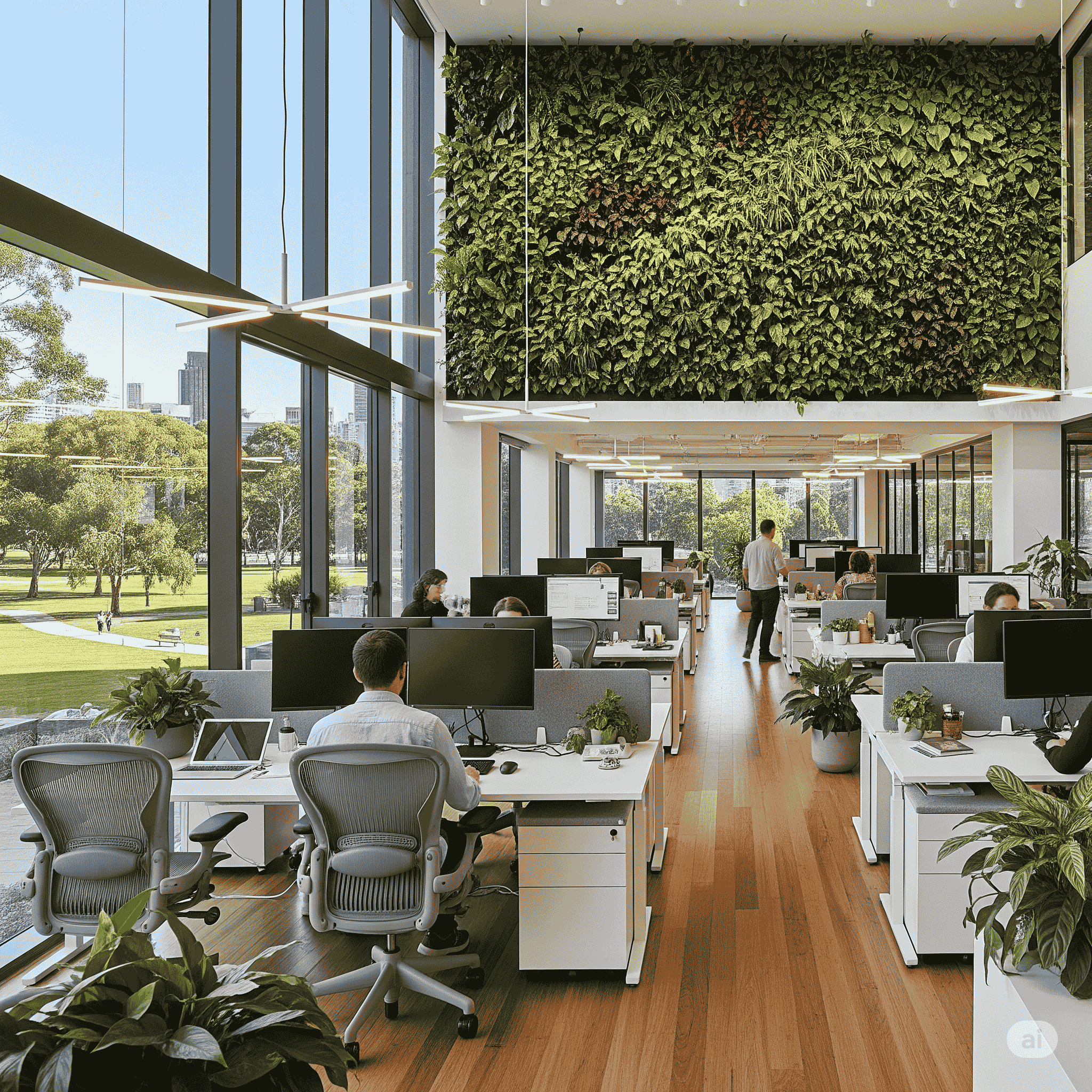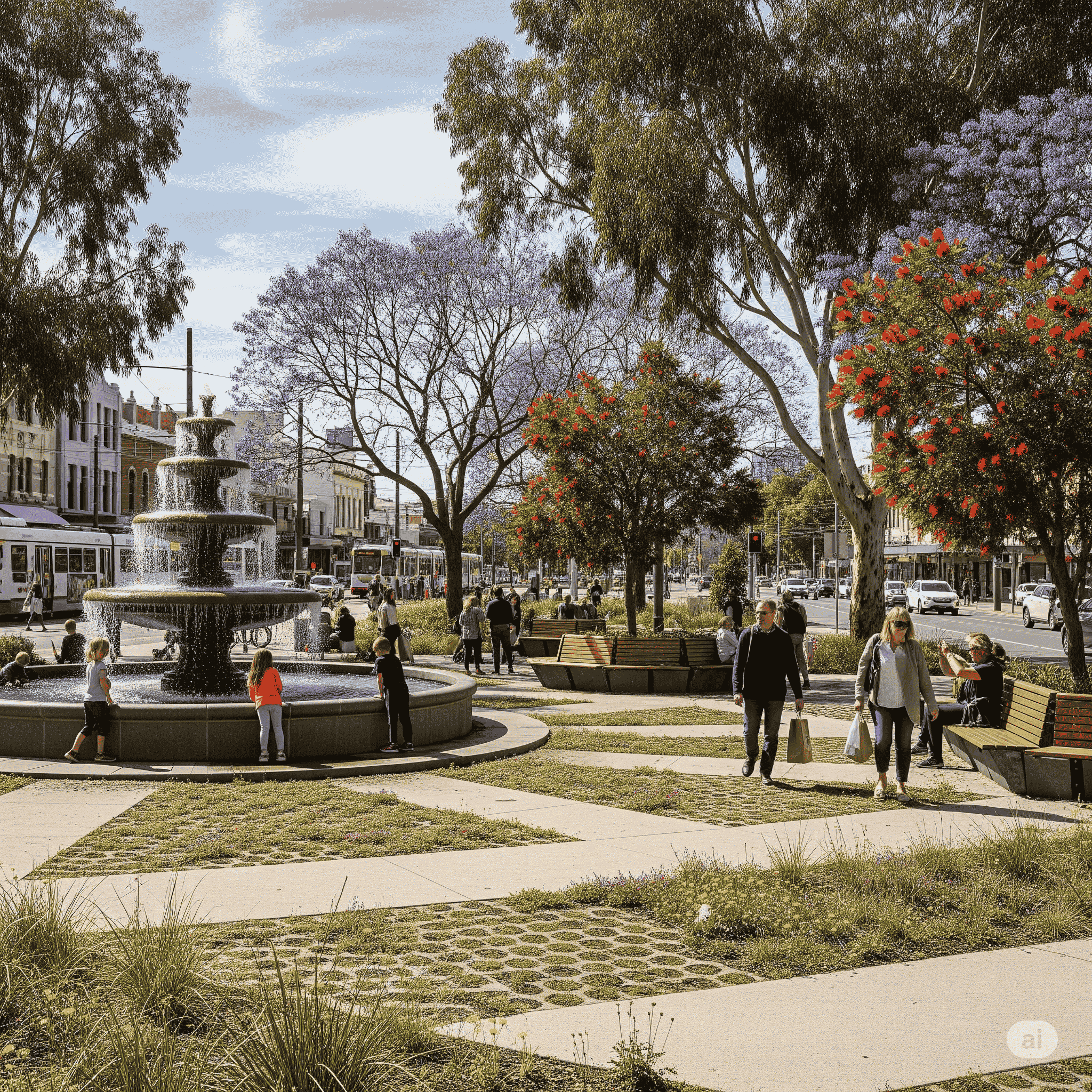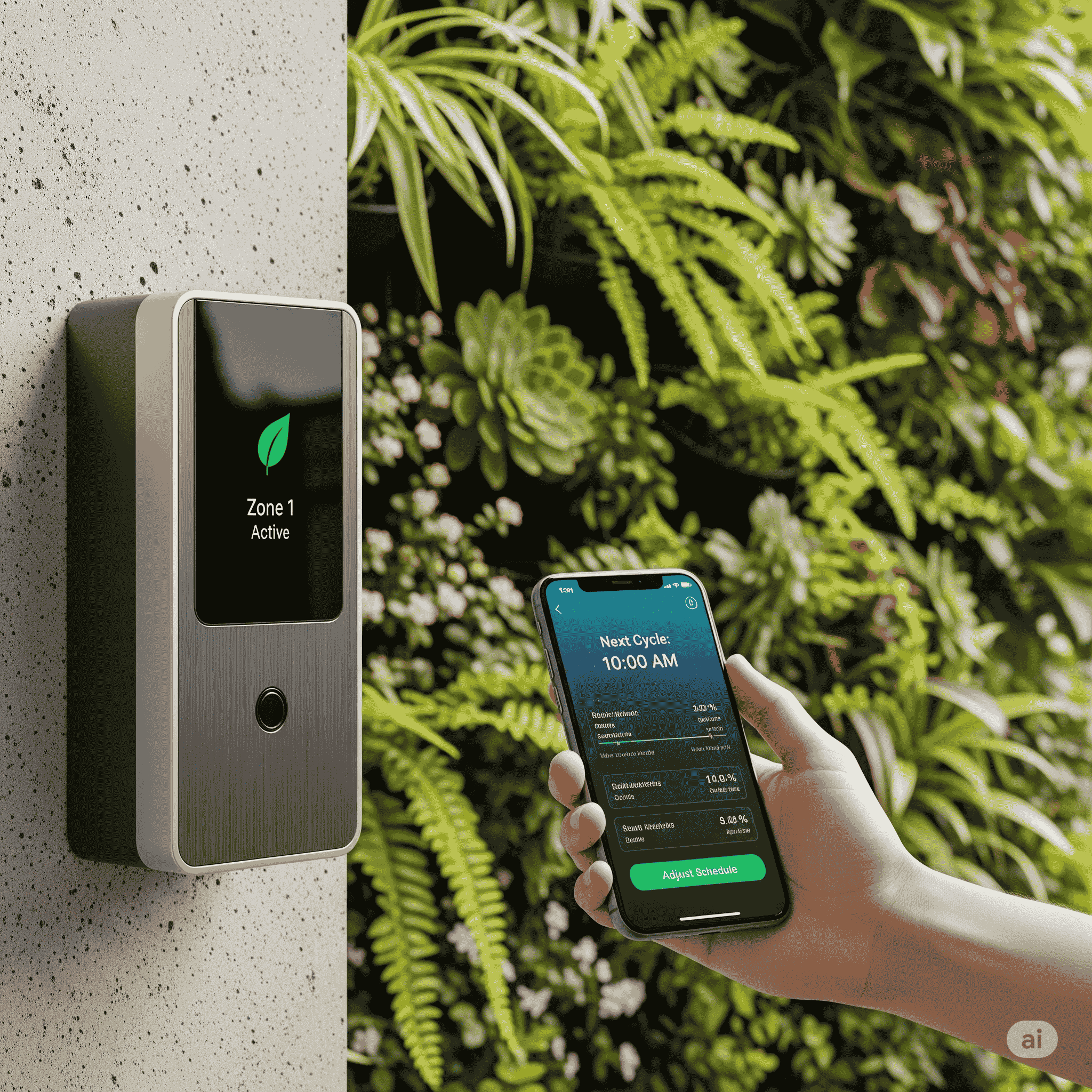
Urban Design Services That Meet Australian Green Building Standards
Discover how urban design services help meet Australian green building standards. Learn how Smart Planning and Design supports sustainable, compliant projects.
read more

In our increasingly digital and urbanised world, the connection between humans and nature is often lost. Our days are spent in concrete structures, behind screens, and disconnected from the natural elements that our biology craves. This disconnection, often referred to as "nature deficit disorder," has been linked to a rise in stress, anxiety, and a general decline in well-being.
The solution is not to abandon our cities, but to intelligently reintegrate nature back into them. Biophilic design is the strategic approach of creating built environments that foster a deep, innate connection with the natural world. It goes beyond simply adding a few potted plants; it's a philosophy that weaves natural elements, patterns, and processes into the very fabric of our buildings and public spaces. This approach is becoming a cornerstone of modern Smart Planning Australia, as it offers a powerful way to enhance health, resilience, and livability in the face of rapid urban growth.
By embracing biophilic design, we can create cities that don't just provide shelter and services but also nurture the human spirit.
At the heart of the biophilic movement are the tangible design choices that bring nature to life within a building. Smart Design & Planning Australia is leading the way by incorporating these principles into projects, from residential buildings to commercial offices.
Bringing the Outdoors In: This involves maximising natural light, improving ventilation, and using natural materials like timber, stone, and wool. Green walls and extensive indoor plantings are not just for aesthetics; they improve air quality, reduce stress, and create a sense of calm. A study published in the Journal of Biophilic Design highlighted how one of the key benefits of incorporating these principles is their ability to increase tenant satisfaction and property value, making it a smart investment as well as a humane one.
Harnessing Natural Patterns: Our brains are wired to find comfort in the patterns found in nature. Biophilic design uses these principles by incorporating natural textures, biomorphic forms (shapes that resemble living organisms), and natural light that changes throughout the day. By designing spaces that feel intuitively natural, we create environments that are more comfortable, engaging, and restorative.

The principles of biophilic design are not confined to a single building. When scaled to a city-wide level, they can transform the urban landscape, creating a cohesive and regenerative ecosystem. This is a core objective of modern Smart City Australia initiatives.
Green Corridors and Urban Forests: Planners are now prioritising the creation of green corridors that connect parks, rivers, and natural reserves, allowing people and wildlife to move through the city with ease. Urban forests, with a mix of native trees, not only beautify a city but also improve air quality, absorb carbon, and provide a habitat for local species. The NSW government's "Greener Places" framework outlines how green infrastructure can improve well-being and reduce the urban heat island effect, demonstrating a clear commitment to this kind of planning.
Nature-Based Solutions: This is a broader term for using nature to solve urban problems. Rain gardens that use vegetation to filter stormwater runoff, vegetated swales that manage flood risk, and urban wetlands that purify water are all examples of how natural solutions can be integrated into a city’s infrastructure. To learn more, check out our articles on designing for biophilic cities and the broader integration of nature-based solutions into urban design.

Contrary to popular belief, biophilic design is not a rejection of technology. In a Smart City Australia context, technology is the enabler that allows nature to thrive.
Smart Irrigation and Monitoring: Sensors can monitor soil moisture and plant health in real-time, automating irrigation systems to use water only when necessary. This is especially vital in Australia’s climate, where water conservation is a top priority. Digital platforms can manage urban forests, providing data on tree health and growth, while drones can be used to assess the health of green roofs and facades.
Digital Placemaking: Technology can also enhance the experience of nature in the city. Apps that guide people on "biophilic walks" through urban parks, augmented reality tools that identify native flora and fauna, and digital screens that display calming natural scenes are all ways technology can deepen our connection to the living world. The combination of smart design and technology is not just for creating beautiful places; it's also for designing for urban mental health.

Biophilic design is more than an aesthetic trend; it’s a powerful strategy for building more resilient, sustainable, and humane cities. At Smart Planning & Design, we believe that the best urban environments are those that harmonise human innovation with the restorative power of nature. Our team of experts specialises in Smart Planning Australia and Smart Design & Planning Australia, helping clients integrate these innovative principles to create projects that not only meet commercial needs but also foster a deep sense of well-being for the people who live and work in them.
Contact us today to explore how biophilic design can transform your next urban development project into a thriving, nature-rich environment.

Discover how urban design services help meet Australian green building standards. Learn how Smart Planning and Design supports sustainable, compliant projects.
read more

Discover the benefits of mixed-use developments in town planning Australia. Learn how they boost convenience, sustainability, and community connection.
read more

Discover why feasibility studies are essential in town planning Australia. Learn how they save time, reduce risks, and improve approval chances.
read more